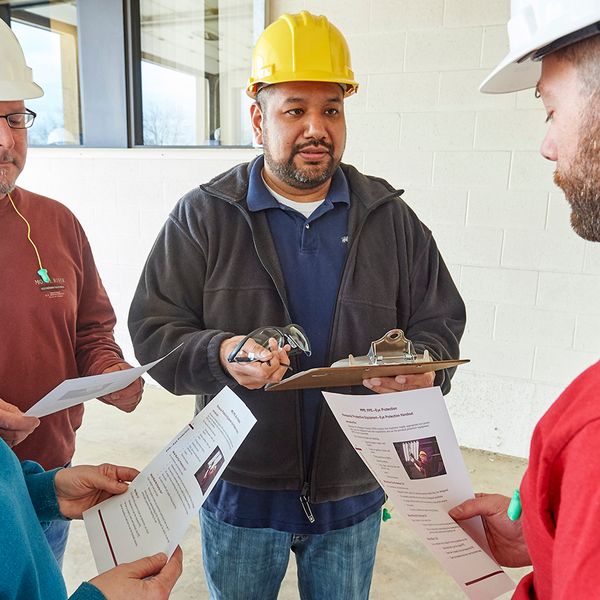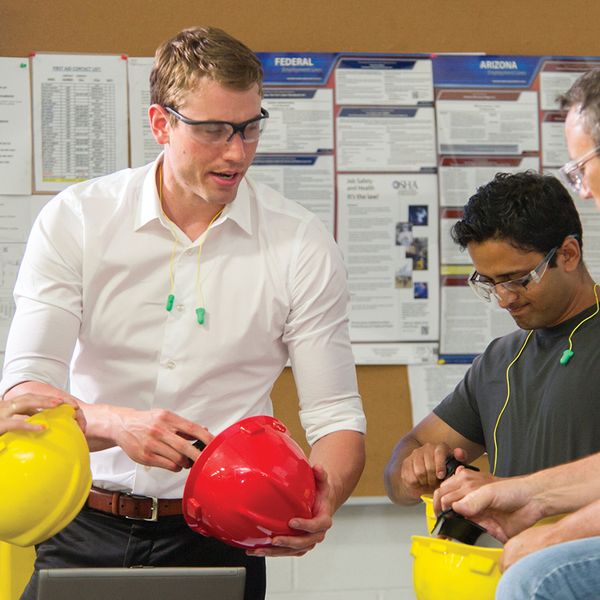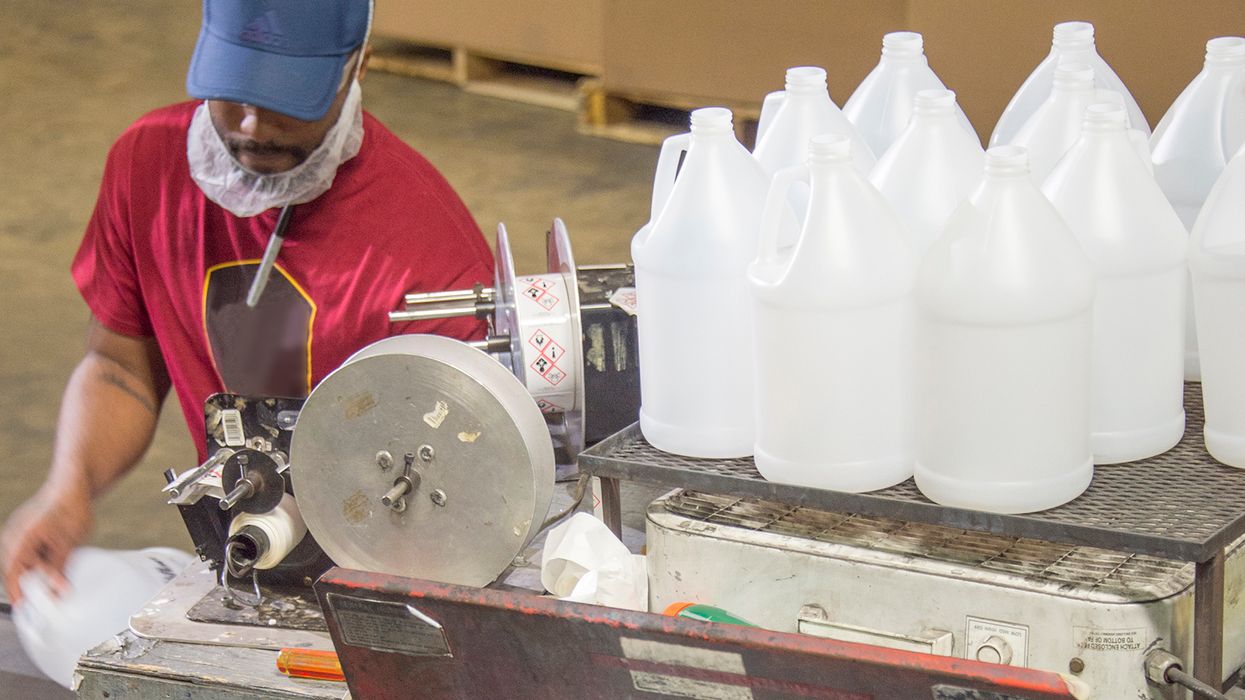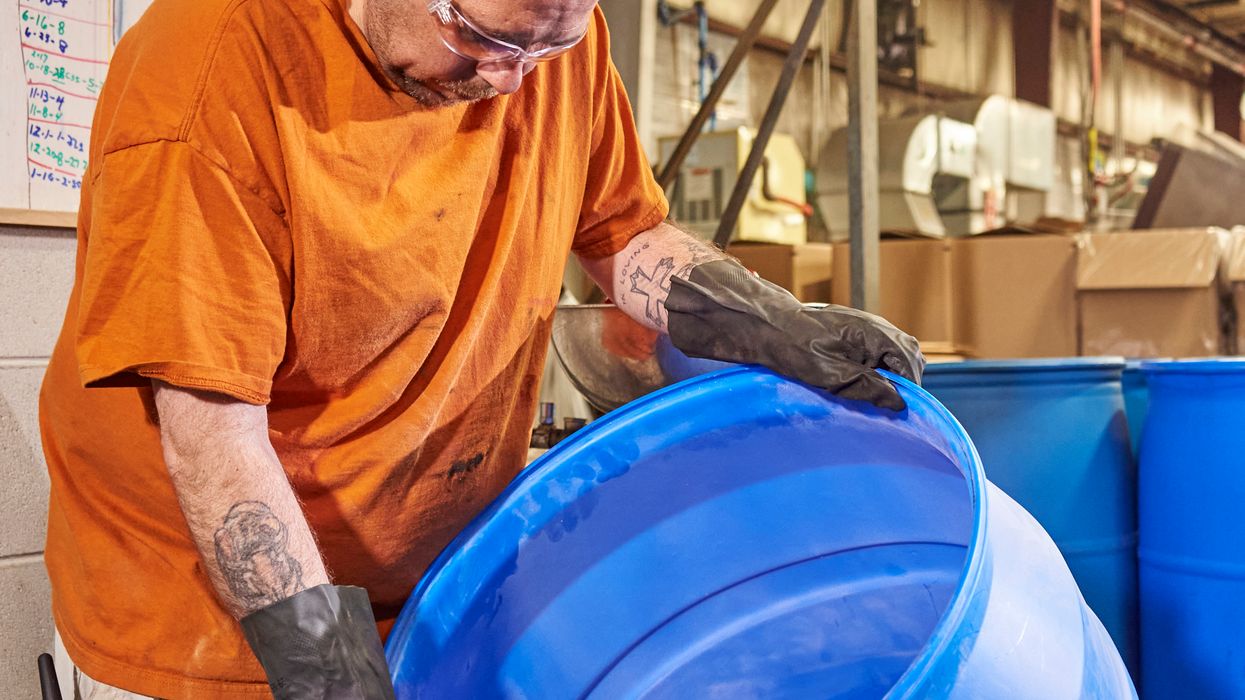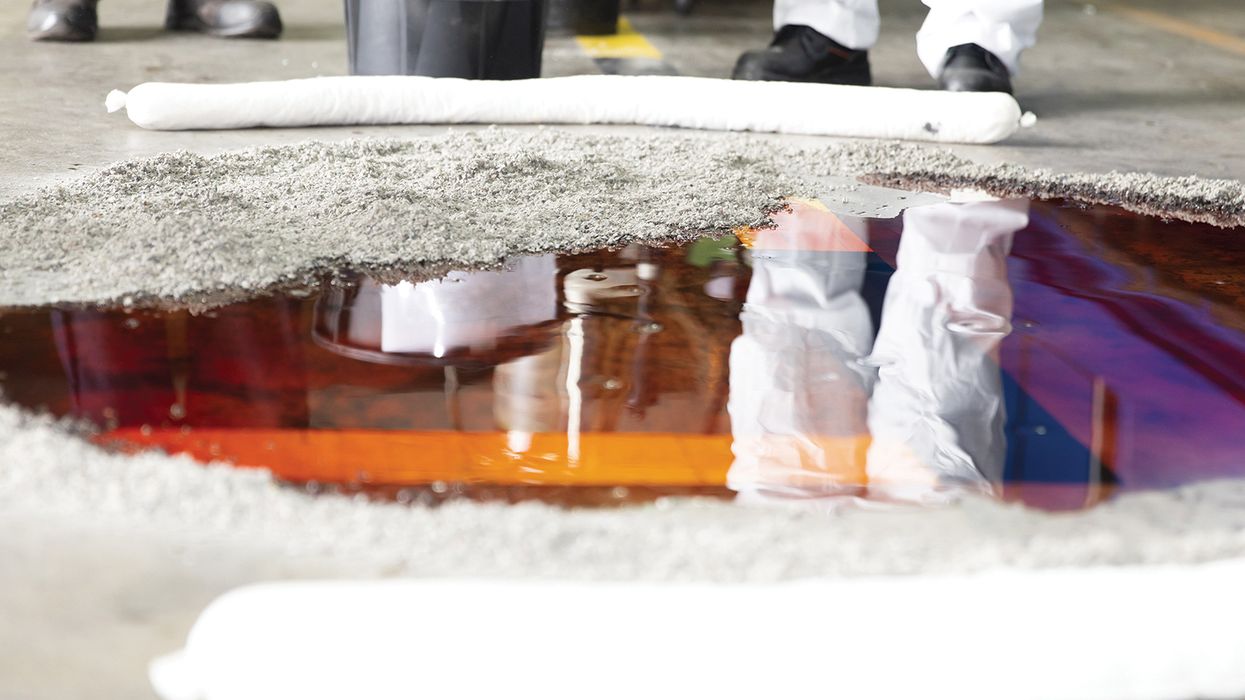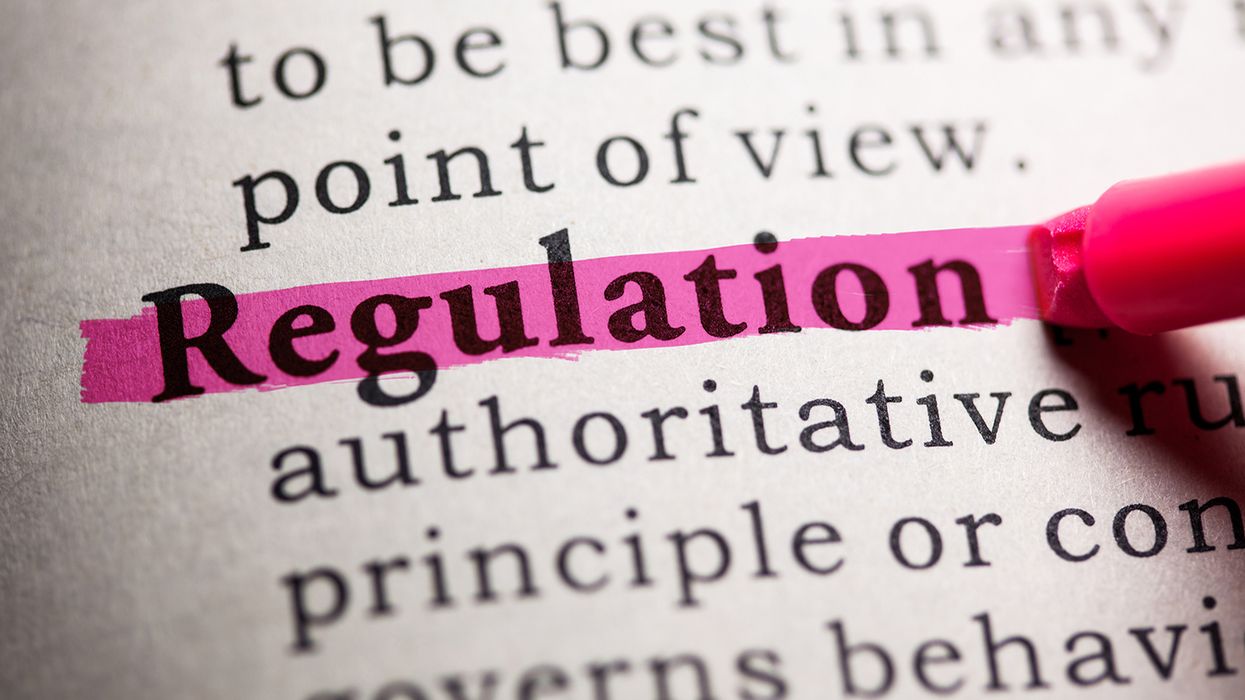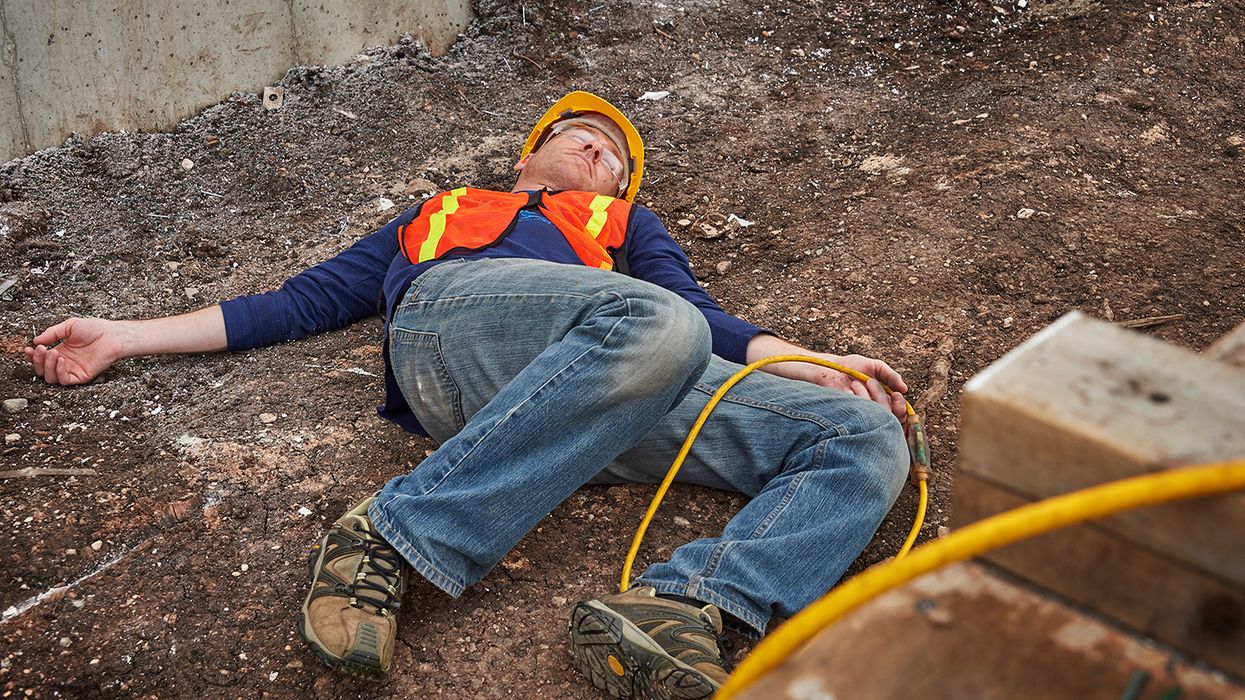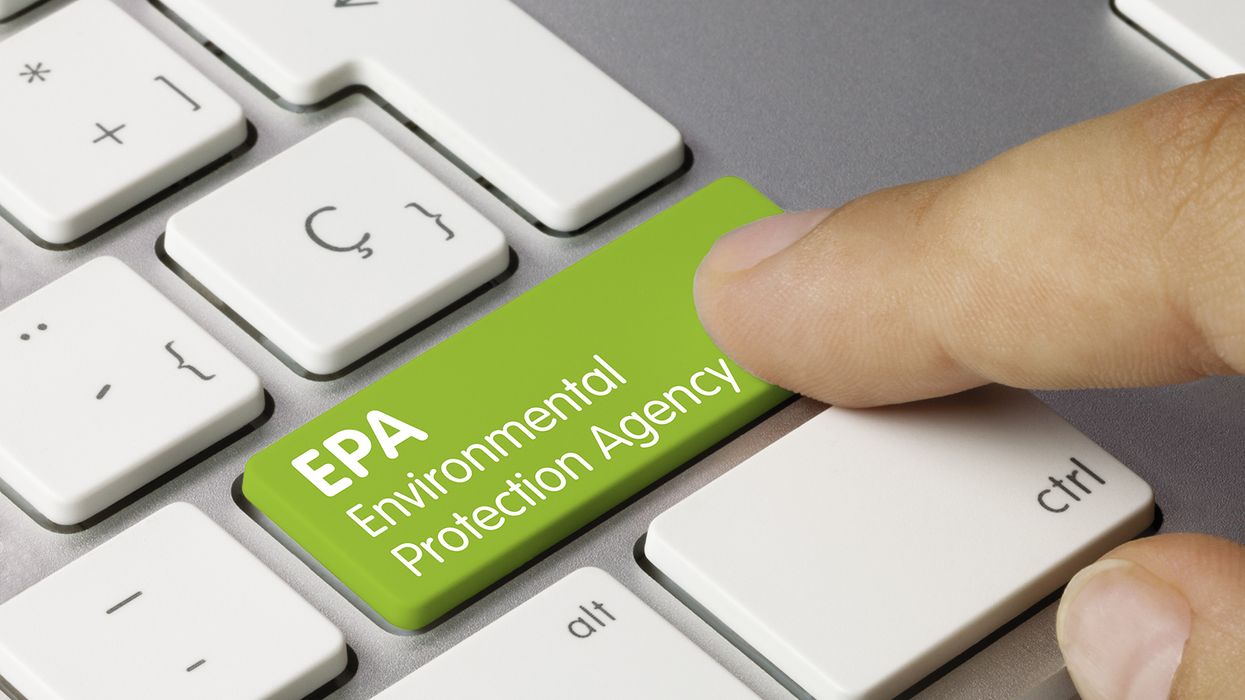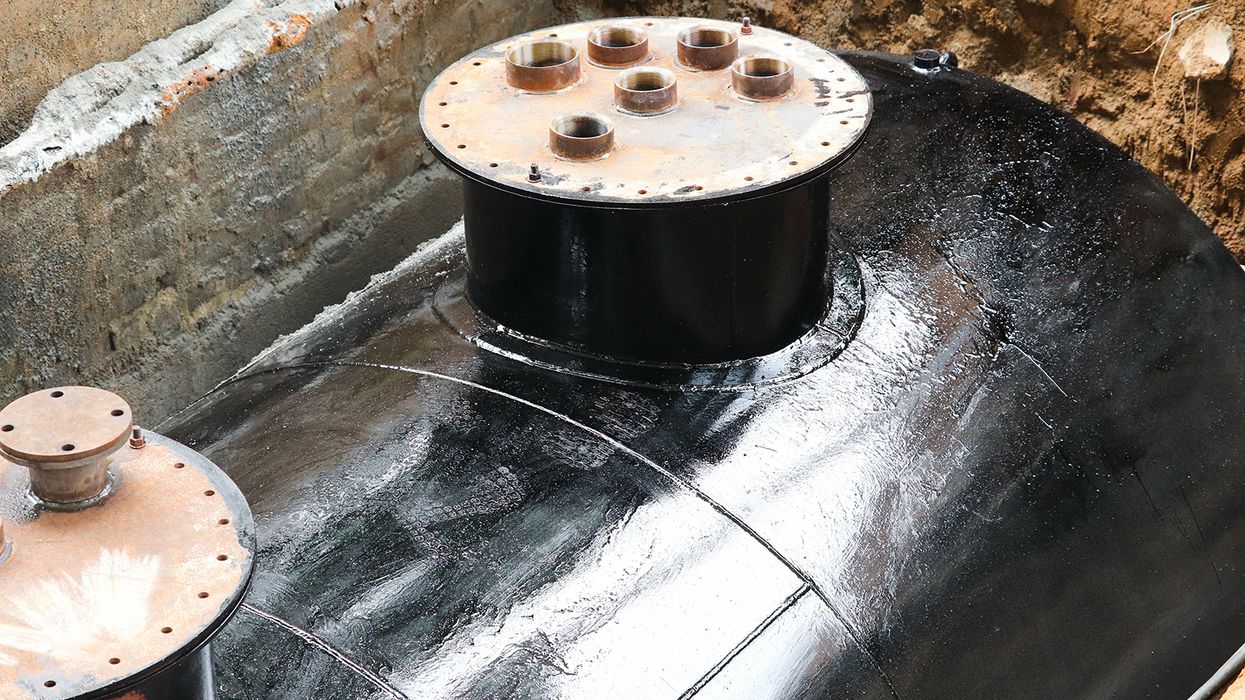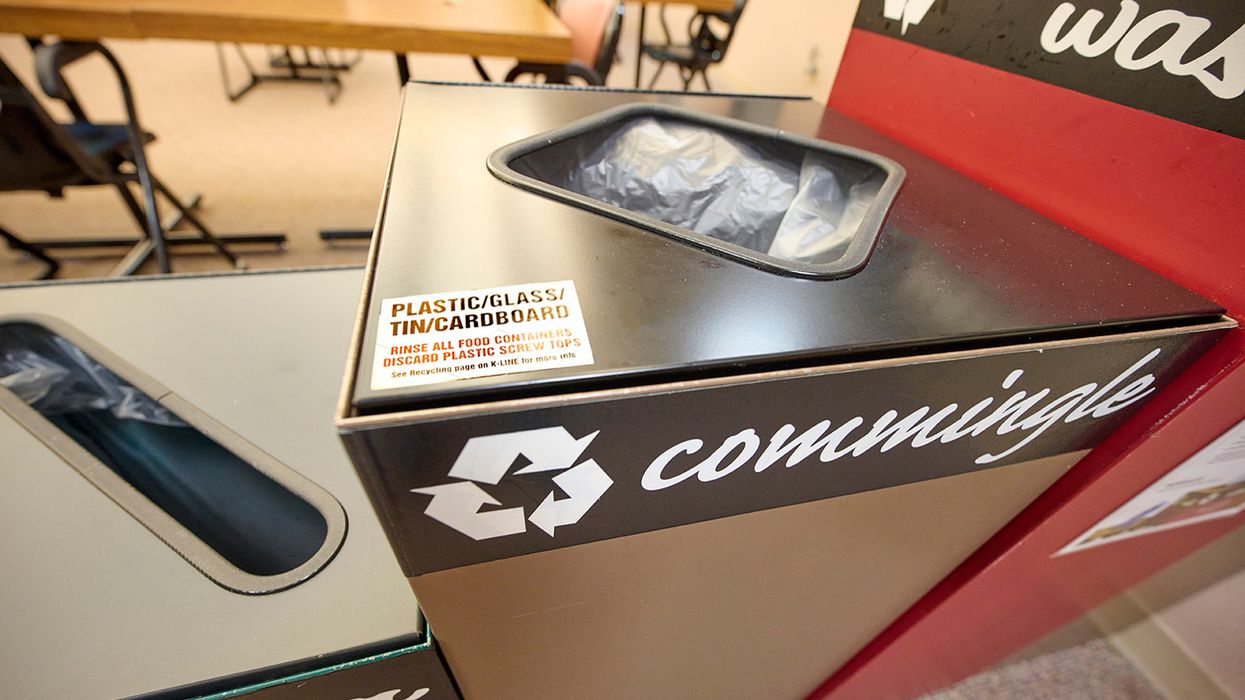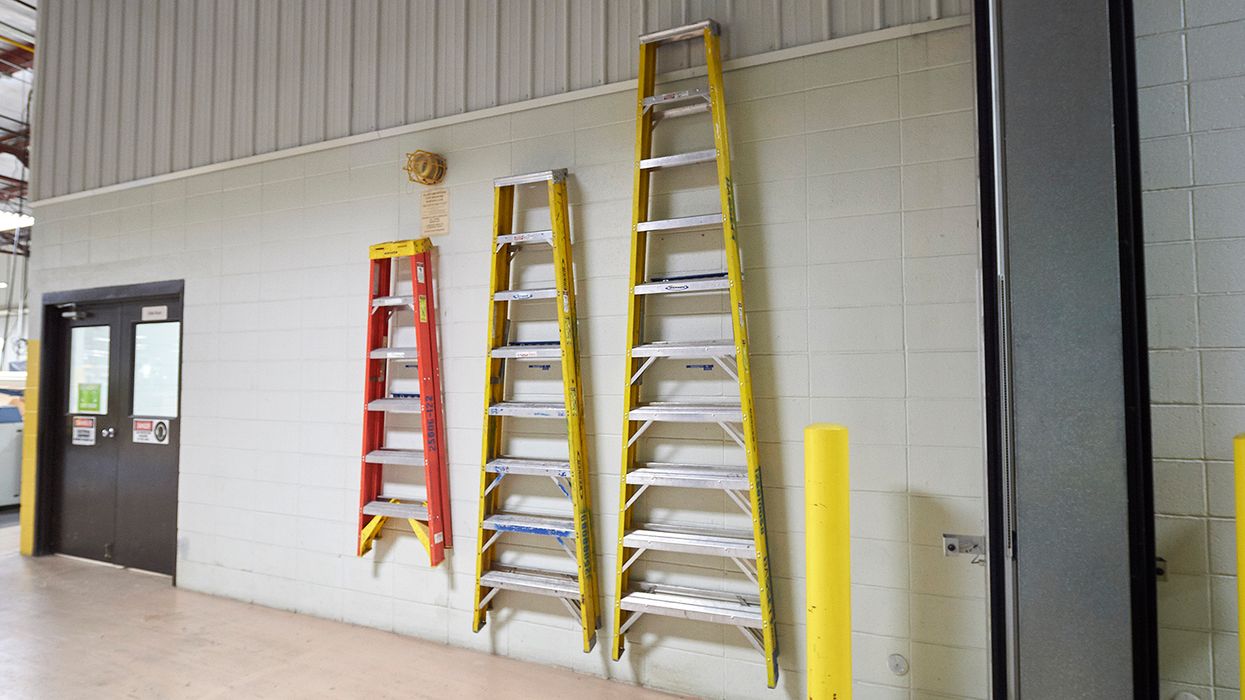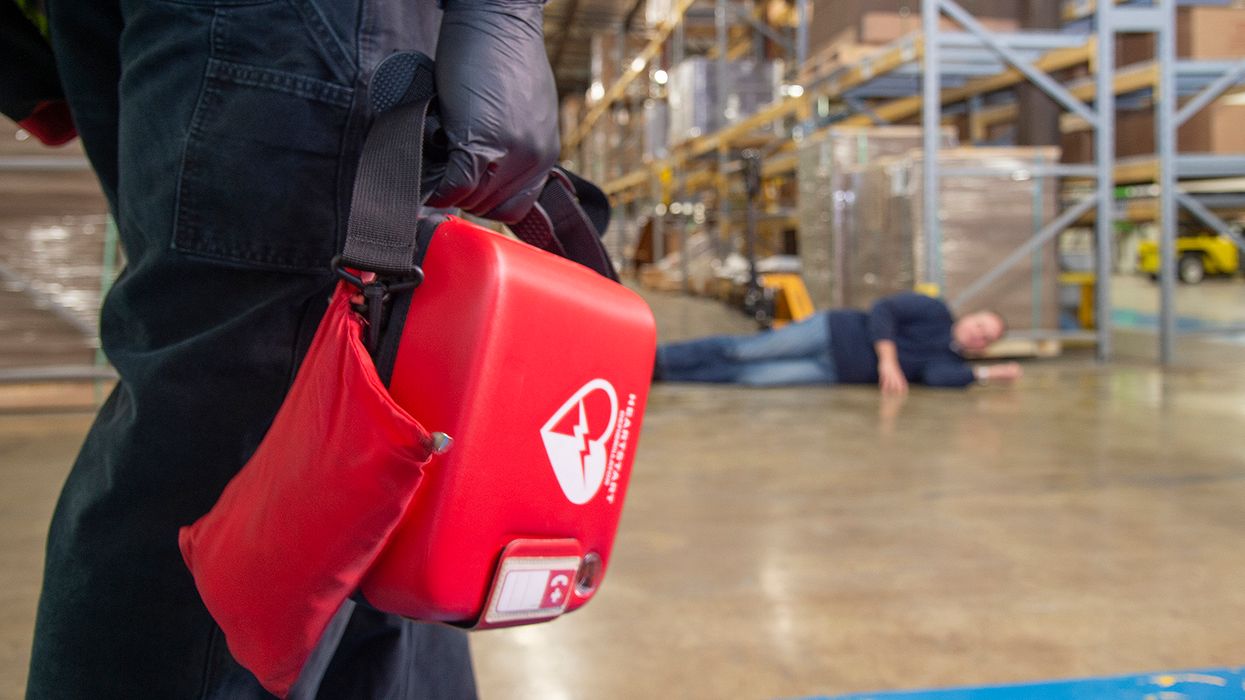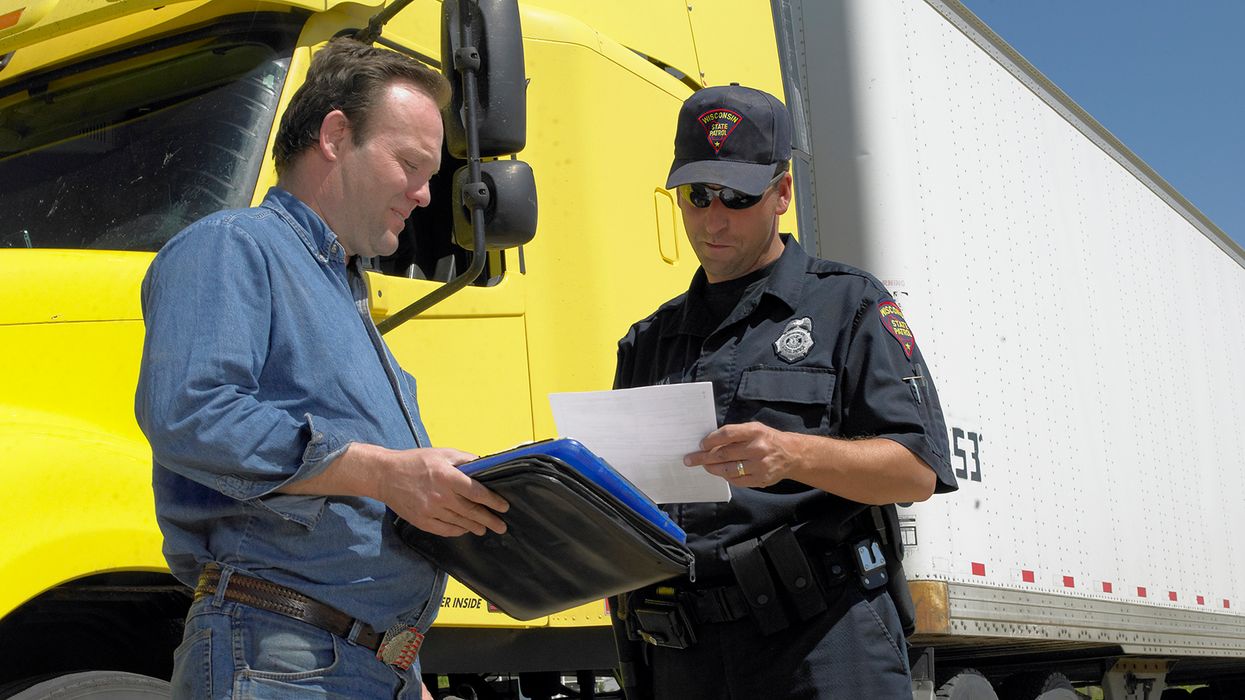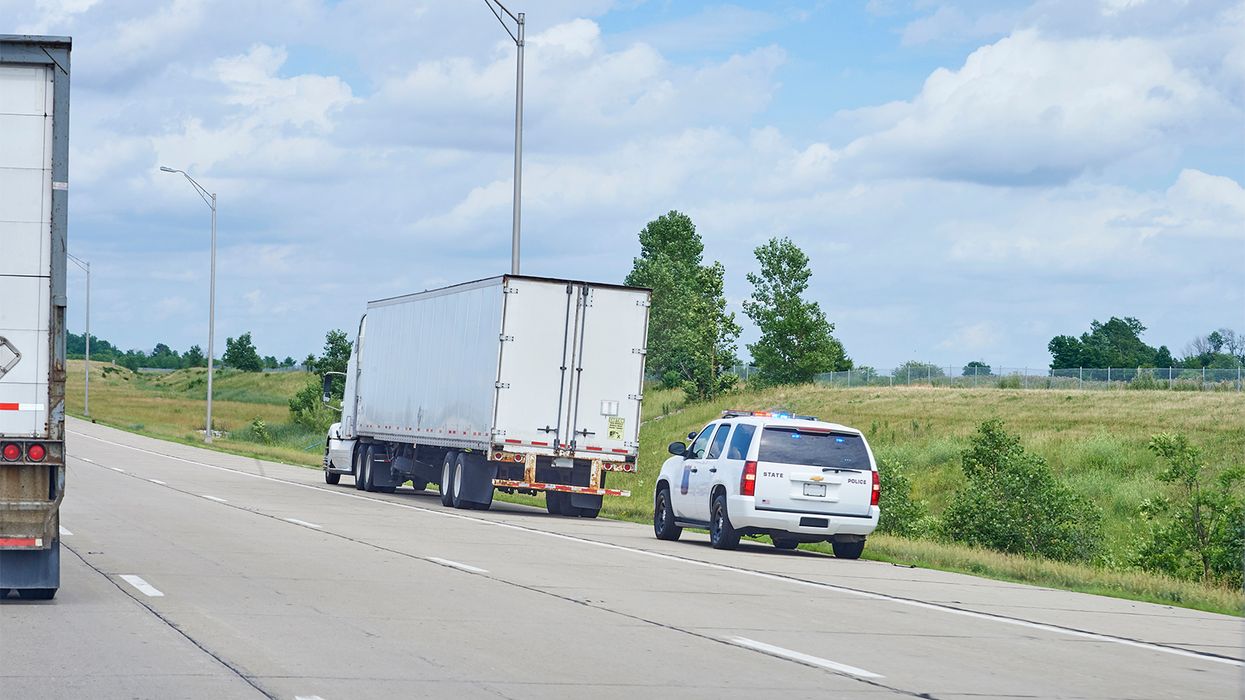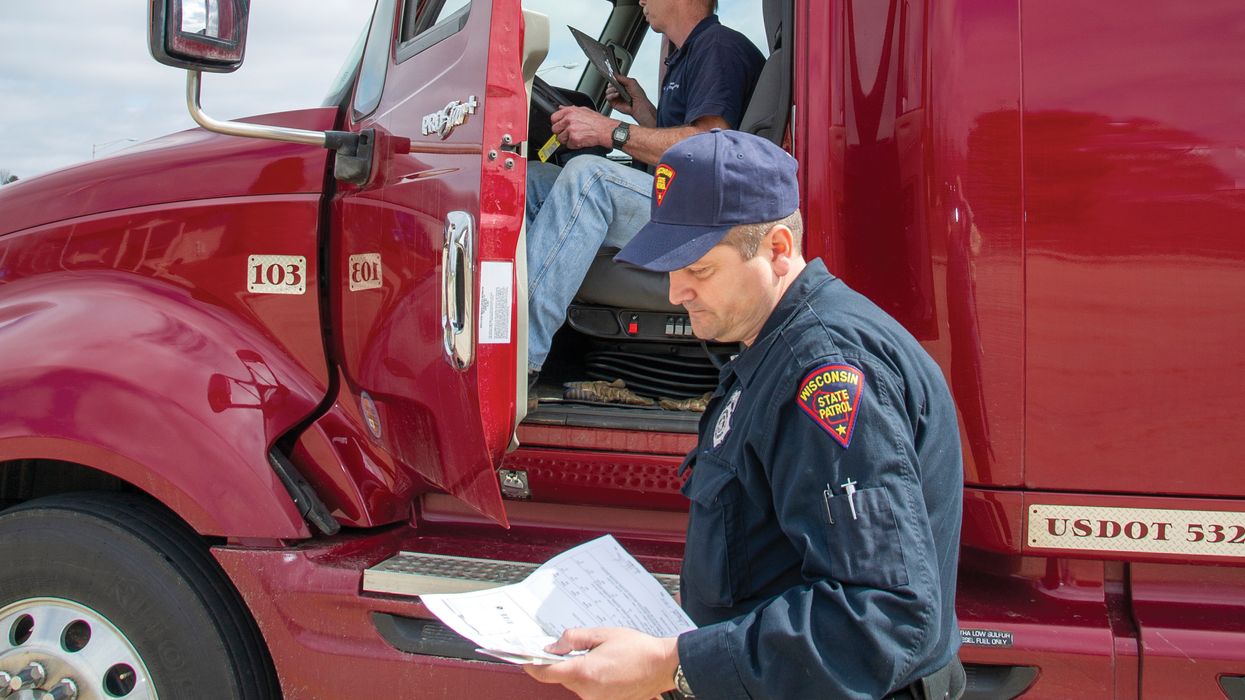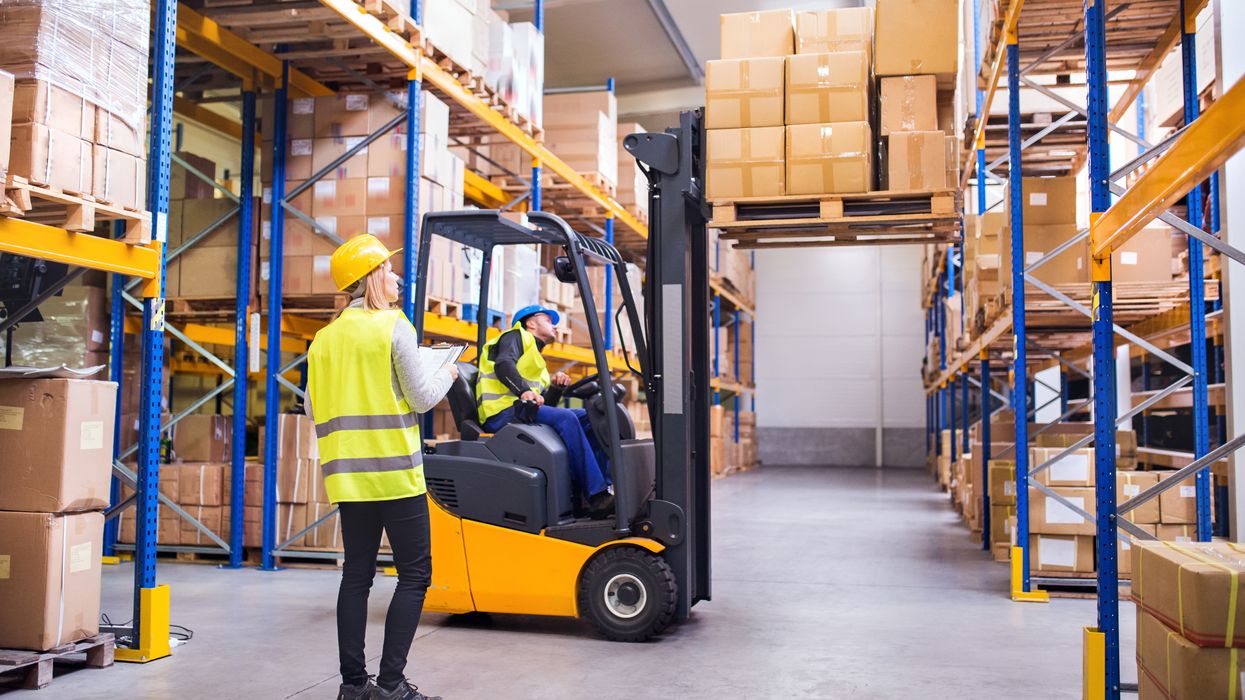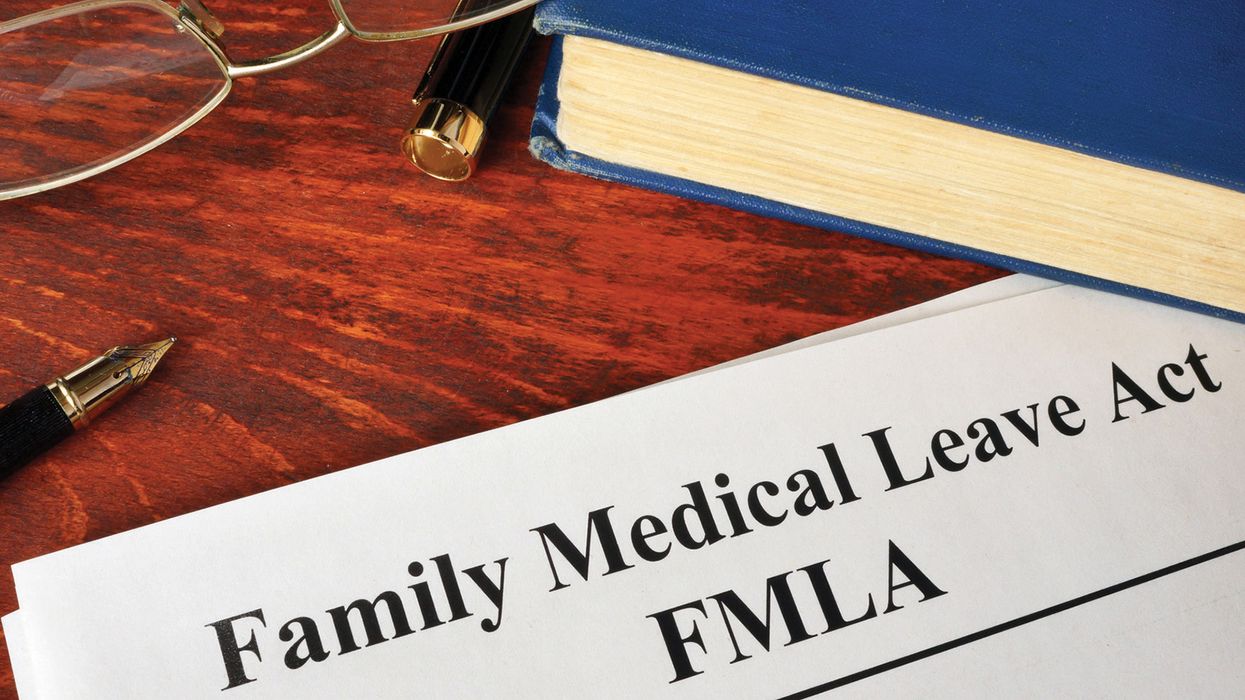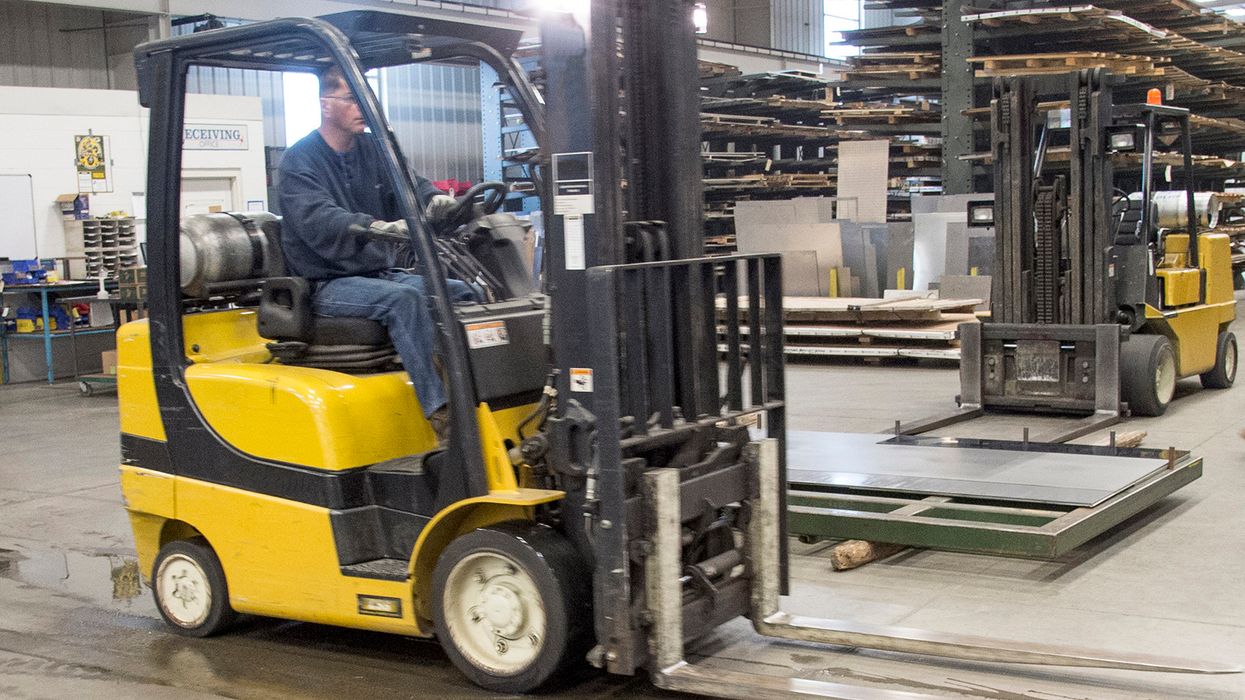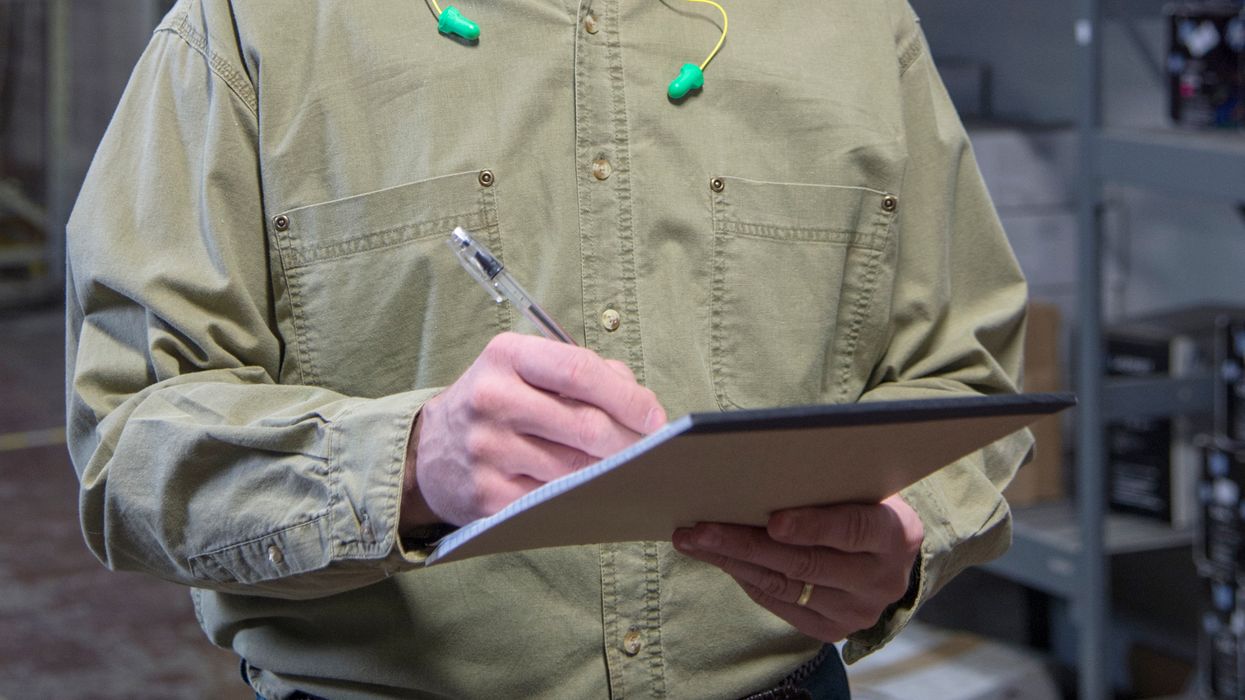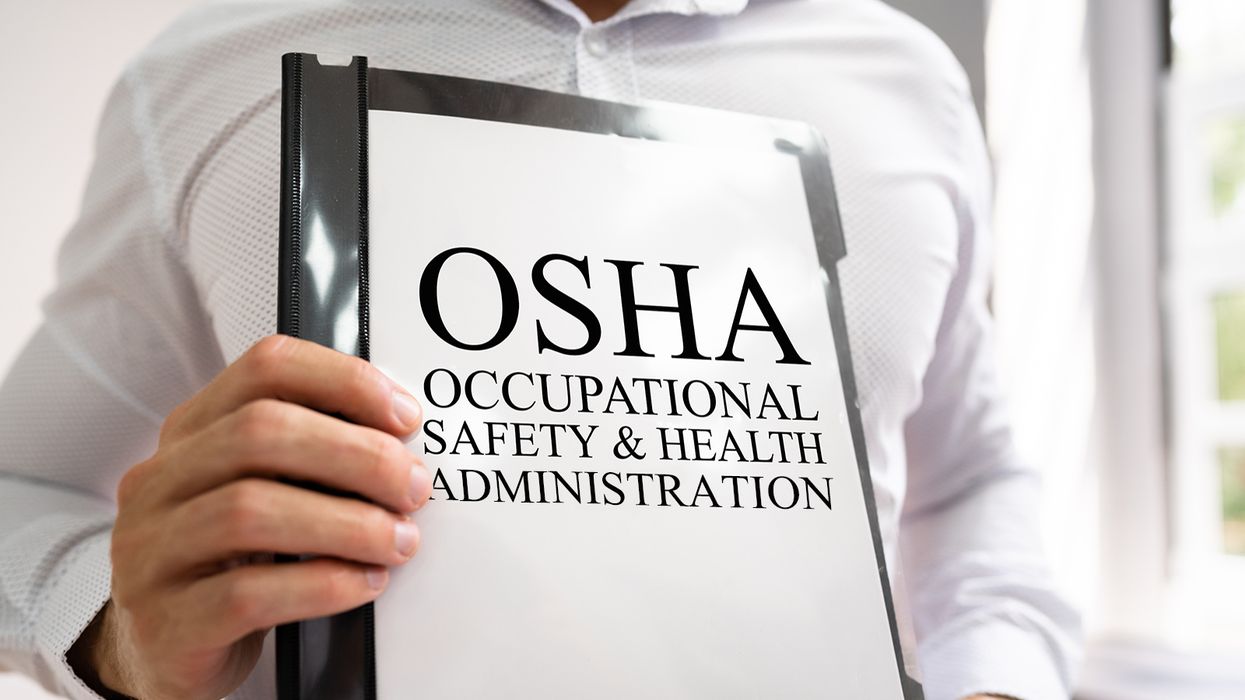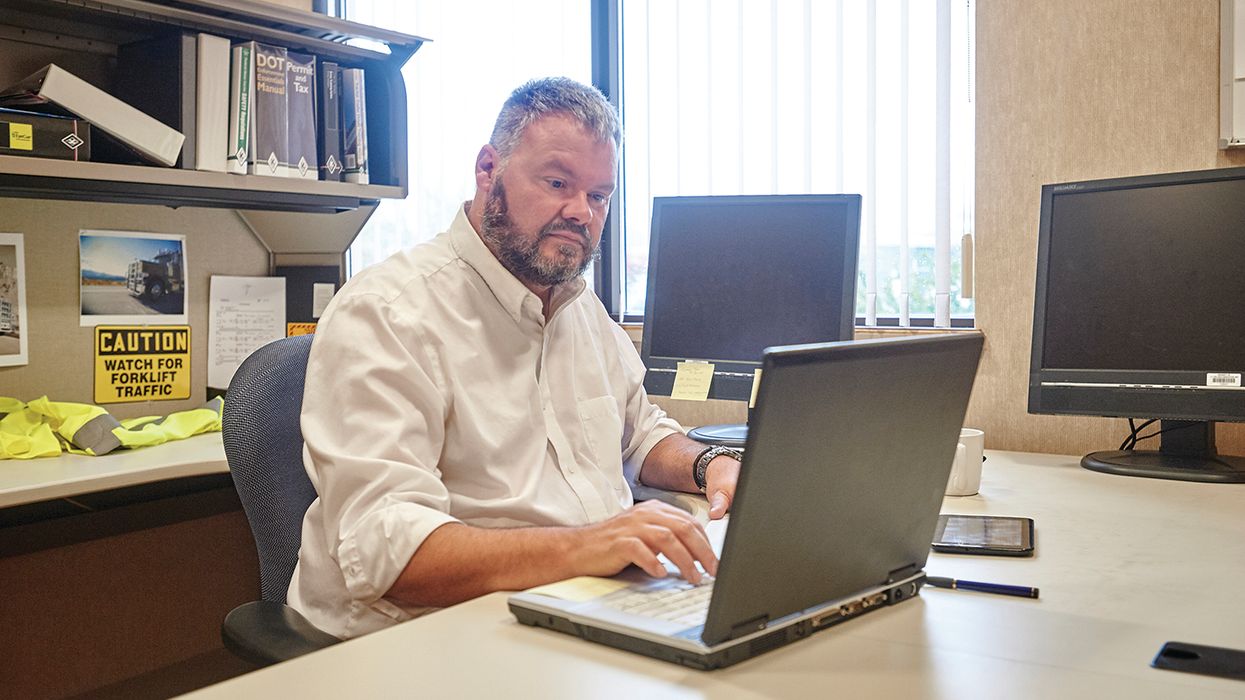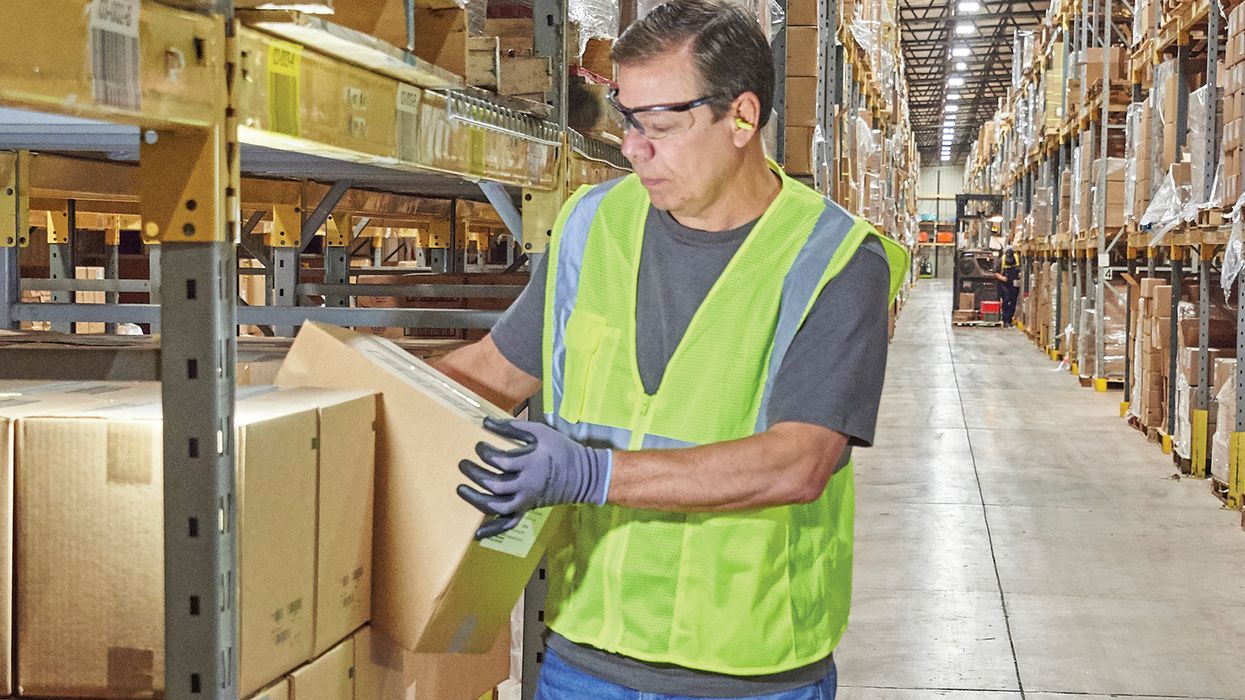Re-Designing Safety: The power of Prevention through Design
Instead of expending large amounts of money, resources, and stress on safety programs, training, and compliance audits; invest in “preventing” exposing your workers to hazards in the first place. Think like Ben Franklin who said, “An ounce of prevention is worth a pound of cure.”
Prevention through Design (PtD) is an initiative to identify and eliminate workplace hazards early in the planning of equipment, layouts, and operational processes. By integrating hazard analysis and controls into this approach, organizations can prevent injuries, reduce long-term costs, ensure regulatory compliance, and create safer, more productive work environments.
How does PtD differ from traditional hazard mitigation methods?
Traditional hazard mitigation is an ongoing process of assessing workplace hazards that have already been introduced into the workplace, then implementing appropriate controls to reasonably reduce exposure. Frequently, this process is reactive in nature; following incidents or injuries that occur within the workplace
PtD involves identifying hazards during the initial phases of engineering and operational development. This approach includes designing systems, equipment, processes, and work methods with safety considerations in mind. Its primary aim is to eliminate potential hazards before they are introduced into the workplace.
How can an organization implement PtD?
Prevention through design (or re-design), is not a brand-new concept, but perhaps it hasn’t received the limelight it deserves. PtD offers a structured and proactive framework for identifying and eliminating workplace hazards before they cause harm. This approach encourages organizations to integrate safety into the design phase of processes, equipment, and work environments, rather than relying solely on. To effectively implement PtD, safety professionals can rely on two essential tools:
- Hazard Analysis
- Hierarchy of Controls
Hazard analysis is a foundational workplace safety tool for identifying potential hazards and evaluating the risks associated with them. By conducting a thorough hazard analysis early in the design or planning stages, organizations can proactively address risks before they become incidents.
Hierarchy of controls is a systematic approach used to manage and reduce workplace hazards. It involves prioritizing different actions to protect workers from risk exposure. Here are the five levels of control measures, arranged from most effective to least effective: •
- Elimination: remove the hazard entirely, if possible.
- Substitution: use a safer alternative if elimination is not feasible.
- Engineering: modify the equipment or workspace to reduce the risk.
- Administrative: establish work practices and policies to minimize exposure.
- Personal Protection: use personal protective equipment (PPE) as a last resort.
What is an example of using PtD in the workplace?
Let’s take a look through an example and consider the idea of “re-design.”
An employee noticed a coworker wasn’t wearing their hearing protection and shared the situation with you. When asked, the coworker admitted they simply forgot. The challenge is deciding how to proceed.
Instead of just enforcing the use of PPE (Personal Protective Equipment), it’s important to pause and take a broader look at the hazard itself. PPE is often a simple and quick solution, but it’s not the most reliable since it depends on people remembering to use it correctly, every time.
In this situation, after chatting with the worker, you investigate what’s causing the noise. You find that a machine on the manufacturing floor is exceeding OSHA’s 90dB exposure limit, making hearing protection necessary for now. But you also learn that this older machine is set to be replaced soon. Knowing prevention is the best option for safety, you check into the specs for the new machine and confirm it will run below the noise threshold and eliminate the need for the PPE.
You share your findings and plans with both employees and provide refresher training on using hearing protection until the new machine arrives. By following this process, you’re not just solving the immediate problem, you’re safeguarding the workplace for the future by ensuring “prevention through design.”
What are the benefits to prevention by design?
When an organization uses PtD, it means they are planning for safety before work begins. By finding and fixing hazards early, companies can prevent illnesses, injuries, and even save lives. This approach also helps reduce long-term costs by avoiding accidents, delays, and expensive repairs.
PtD also supports better compliance with safety rules, like those from OSHA, which helps avoid fines and legal problems. Most importantly, when workers see that their safety is a top priority, they feel more valued and motivated. This leads to a safer, more productive workplace for everyone.
Key to remember: Focus on eliminating hazards during the early or planning phase, rather than controlling them after they appear. By using hazard analysis and the hierarchy of controls, organizations can reduce injuries, lower costs, and create safer, more efficient workplaces.





